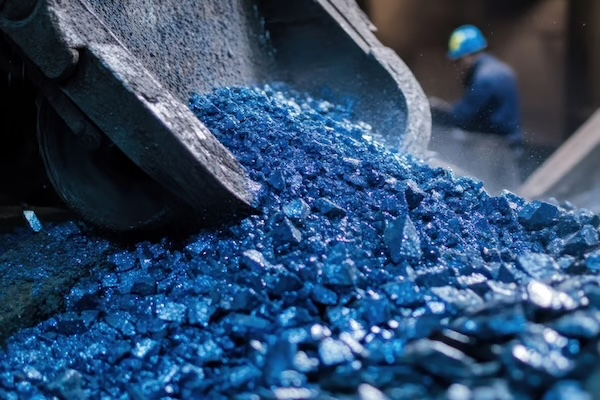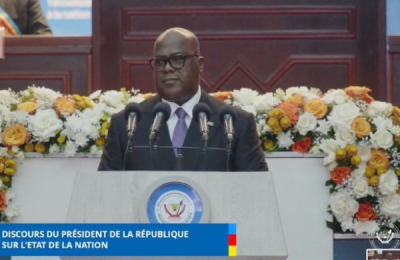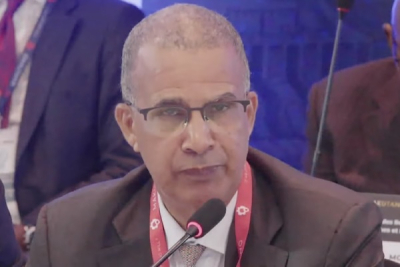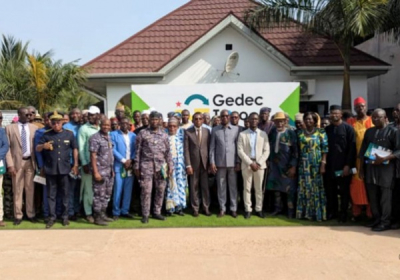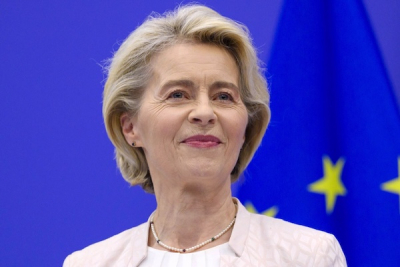Chinese miner CMOC Group Ltd produced 87,974 tons of cobalt in the Democratic Republic of Congo (DRC) between January and September 2025, up 3% from the same period a year earlier, the company said in an operational report on Oct. 24.
The combined output from its Kisanfu and Tenke Fungurume mines keeps the company on track to meet its 2025 target of between 100,000 and 120,000 tons, compared with 114,200 tons in 2024.
Most of this year’s production, however, cannot be exported. The DRC , the world’s largest cobalt producer , imposed an export embargo on Feb. 21, 2025, later replaced on Oct. 16 by a quota system that limits CMOC to shipping 6,500 tons in the final quarter of the year.
For 2026, the company will be allowed to export 31,200 tons, based on December 2025’s authorized volume being maintained each month, unless regulations are breached. Over the two-year period, CMOC’s cumulative exports will be capped at 37,700 tons, less than half its output for the first nine months of 2025. Executives have described the situation as “barely tolerable.”
The quota regime is expected to remain in place until at least 2027. A total of 18,125 tons was approved for 2025, and the combined authorized export volume is projected to reach 96,600 tons for 2026 and 2027. The strategic minerals regulator ARECOMS may adjust these quotas depending on market conditions.
Kinshasa hopes the new rules will lift cobalt prices and encourage miners to invest in local refining and value-added production. Unofficial reports suggest the government is targeting a floor price of $60,000 per tonne, about triple the level recorded in February 2025, when the embargo took effect.
Cobalt currently trades at around $45,000 per tonne on the London Metal Exchange. Prices are expected to rise as the DRC, which accounted for nearly 75% of global supply in 2024, curbs exports. Global demand is forecast to increase by 4% in 2025 and 6% in 2026, according to the Cobalt Institute.
Pierre Mukoko






